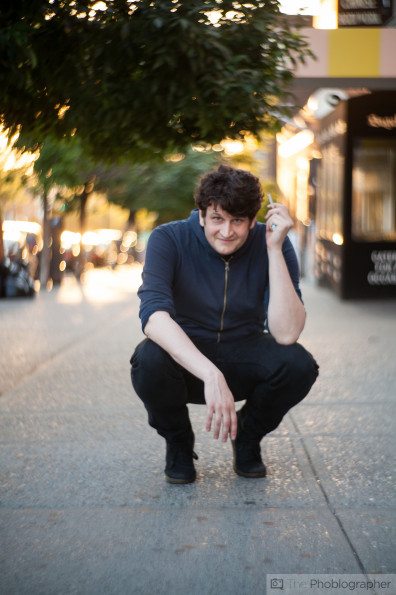
Photographers and Cinematographers are enamored with creative ways to separate their subjects from their backgrounds. One such trick is to implement a “swirly” background effect that turns otherwise mundane scenes into something out of a dream. Although the swirly bokeh effect may be getting lots of hype these days, it’s far from a new advancement in photography; we can all thank Hungarian mathematician Joseph Petzval for this creative and game-changing effect.
The Petzval Lens and Its History of Innovation
Joseph Petzval was a 19th-century mathematician, inventor, and physicist who approached optics through a mathematical lens (pun totally intended). In doing so, he changed photography forever. Petzval’s biggest contribution to the world of photography is the lens named after him. Unlike the standard photography lens, the Chevalier, the Petzval Portrait Objective lens was exponentially faster. With a maximum aperture of F3.6 compared to the Chevalier lens’s F16, exposure times dropped from 10-minute exposures to as little as 15-30 seconds. While by today’s standards, this seems glacial, in 1839, this was mind-blowingly quick. In effect, the Petzval Portrait Objective lens made modern photography possible.
So, what changed? Unlike other lenses of its time, the Petzval lens was a product of scientific and mathematical construction. Petzval spent six months working out the computations needed to produce the final design – a doublet achromat in the front and a second doublet in the rear – that not only allowed faster exposure times but also allowed for a level of center sharpness critical to different kinds of photography, like portraiture.
Still Relevant 200 Years Later
What keeps the Petzval lens relevant nearly 200 years later is the distinctive look it produces. Unlike the clinically sharp lenses that manufacturers constantly produce (and reproduce), the Petzval’s swirly bokeh creates an image that can only be described as “dreamy.” Due to the lens’s construction, only the center of the frame is sharp, and the fall off is sharp to say the least; further amplifying the effect is the lens’s tendency to have strong vignetting along the edges of the frame. Putting it all together, the lens produces some of the boldest, striking, and creative images in the right hands.
While the look is getting a lot of attention from filmmakers and big-budget flicks like 2023’s Poor Things, it still has a lot to offer photographers, especially when paired with modern cameras. In our review of the original Lomography Petzval Lens, we said:
In the right conditions, it is very sharp–so much so that it can hold its own with many other modern lenses like those of Rokinon, Sigma, and Zeiss. But of course, this lens has something totally different going on–and that’s the bokeh. It was designed to have this swirly look on the edges and keep your subject in the center nice, clear and sharp.
Looking back on the images we used in that review, we can’t help but fall in love with the distinct look a lens like this can achieve.
While the Petzval Lens isn’t necessarily a go-to lens by any stretch (and to be fair, it’s not the easiest to use if you don’t know what you’re getting yourself into), it is a beautiful optic that can really push a photographer’s creativity in ways that many of today’s clinically sharp optics cannot. It’s a lens that unabashedly has its own character and personality, but one that can elevate your photography if you’re willing to accept it for what it is.
Here are some more sample images that we’ve shot on Petzval lenses.





